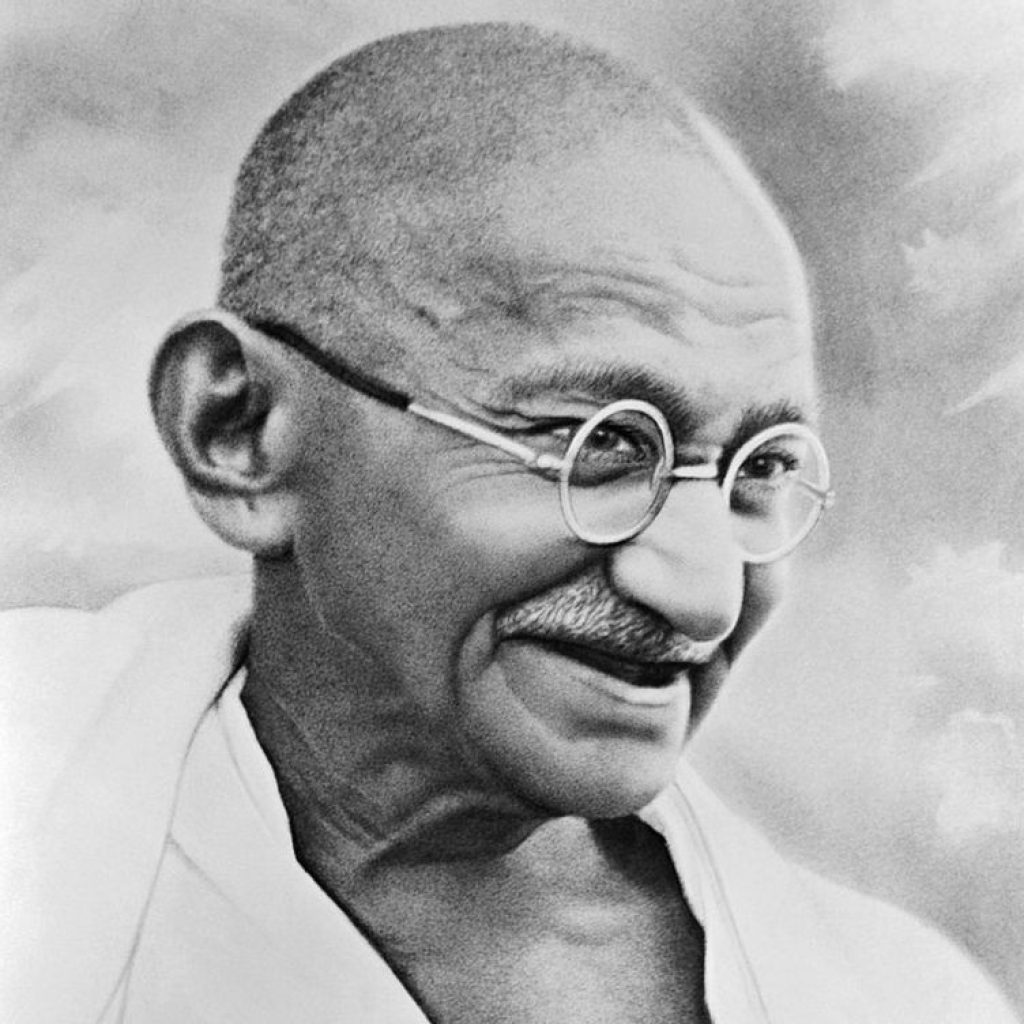മലയാളം എതിർ ലിംഗം (pullingam, Masculine gender),(sthreelingam, feminine gender)
പദങ്ങളുടെ അർത്ഥം ആൺ (പുരുഷൻ) എങ്കിൽ പുല്ലിംഗം എന്നാകുന്നു. പെൺ (സ്ത്രീ) എന്നാണെങ്കിൽ സ്ത്രീലിംഗം ആകുന്നു. സ്ത്രീപുരുഷഭേദം തിരിച്ചു പറയാൻ പറ്റാത്തവയെ നപുംസകലിംഗം (neuter) എന്നു പറയുന്നു. കള്ളൻ – കള്ളി – കള്ളം എന്നിവ യഥാക്രമം ഒരു ഉദാഹരണം. ആണും പെണ്ണും ചേർന്നതിനെ ഉഭയ ലിംഗം (bisexual) എന്നും പറയും.
എന്താണ് എതിർലിംഗം?
പരീക്ഷകളിലും മറ്റും വിദ്യാർഥികൾക്കും ഉദ്യോഗാർഥികൾക്കും ഏറെ പ്രയോജനപ്പെടുന്ന ഒന്നാണിത്. അതായത്, മേൽപറഞ്ഞവ ഏതെങ്കിലും ചോദ്യത്തിൽ നൽകി അതിനു പറ്റുന്ന എതിരായ ലിംഗം എഴുതണം.
List of opposite genders (എതിർ ലിംഗം ലിസ്റ്റ് )
അധ്യാപകൻ – അധ്യാപിക
അച്ഛൻ – അമ്മ
അനിയൻ – അനിയത്തി
ആൺകുട്ടി – പെൺകുട്ടി
അഭിഭാഷകൻ – അഭിഭാഷക
അധിപൻ – അധിപ
അവൻ – അവൾ
അനിയൻ – അനിയത്തി
അന്ധൻ – അന്ധ
അനുഗൃഹീതൻ – അനുഗൃഹീത
അഭിനേതാവ് – അഭിനേത്രി
അപരാധി – അപരാധിനി
ആതിഥേയൻ – ആതിഥേയ
ആങ്ങള – പെങ്ങൾ
ആചാര്യൻ – ആചാര്യ
ഈശ്വരൻ – ഈശ്വരി
ഇവൻ – ഇവൾ
ഇഷ്ടൻ – ഇഷ്ട
ഇടയൻ – ഇടയത്തി
ഉപാദ്ധ്യായൻ – ഉപാദ്ധ്യായി
ഉദാസീനൻ – ഉദാസീന
ഊരാളി – ഊരാട്ടി
ഉത്തമൻ – ഉത്തമ
എമ്പ്രാൻ – എമ്പ്രാട്ടി
ഏകാകി – ഏകാകിനി
കയ്മൾ – കുഞ്ഞമ്മ
കാരണവൻ – കാരണവത്തി
കർത്താവ് – കർത്ത്രി
കനിഷ്ഠൻ – കനിഷ്ഠ
കർഷകൻ – കർഷക
കണിയാൻ (കണിയാർ ) – കണിയാട്ടി
കാടൻ – കാടത്തി
കാര്യസ്ഥൻ – കാര്യസ്ഥ

കള്ളൻ – കള്ളി
കമ്മാളൻ – കമ്മാട്ടി
കവി – കവയിത്രി
കിങ്കരൻ – കിങ്കരി
കാമി – കാമിനി
കേമൻ – കേമത്തി
കാള – പശു
കലമാൻ – പേടമാൻ
കാമുകൻ – കാമുകി
കണ്ടൻപൂച്ച – ചക്കിപ്പൂച്ച
കീർത്തിമാൻ – കീർത്തിമതി
കുടുംബി – കുടുംബിനി
കൊമ്പൻ – പിടി
കഠിനൻ – കഠിന
കരി – കരിണി
ഗായകൻ – ഗായിക
ഗൃഹി – ഗൃഹിണി
ഗുണവാൻ – ഗുണവതി
ഘാതകൻ – ഘാതകി
ചോരൻ – ചോരി
ചാക്യാർ – ഇല്ലൊടമ്മ
ചക്രവാകം – ചക്രവാകി
ജനയിതാവ് – ജനയിത്രി
ജനകൻ – ജനനി
താപസൻ – താപസി
തപസ്വി – തപസ്വിനി
തമ്പി – തങ്കച്ചി
തടിയൻ – തടിച്ചി
തരകൻ – തരകസ്യാർ
തരുണൻ – തരുണി
തമ്പുരാൻ – തമ്പുരാട്ടി
തനയൻ – തനയ
തേജസ്വി – തേജസ്വിനി
ദൂതൻ – ദൂതി
ദേവൻ – ദേവി
ദാതാവ് – ദാത്രി
ധൈര്യശാലി – ധൈര്യശാലിനി
ധീരൻ – ധീര
ധ്വര – ധ്വരശ്ശാണി
നരൻ – നാരി
നായകൻ – നായിക
നമ്പ്യാർ – നങ്യാർ
നേതാവ് – നേത്രി
നുണയൻ – നുണച്ചി
നമ്പൂതിരി – അന്തർജനം
പിതാമഹൻ – പിതാമഹി
പൂവൻ – പിട
പതി – പത്നി
പറയൻ – പറച്ചി
പുലയൻ – പുലച്ചി
പാട്ടുകാരൻ – പാട്ടുകാരി
പണ്ടാല – കോവിലമ്മ
പണ്ഡിതൻ – പണ്ഡിത
പൗരൻ – പൗരി
പാൽക്കാരൻ – പാൽക്കാരി
പിഷാരടി – പിഷാരസ്യാർ
പൊണ്ണൻ – പൊണ്ണി
ഭർത്താവ് – ഭർത്ത്രി
പ്രേഷകൻ – പ്രേഷക
പ്രഭു – പ്രഭ്വി
പൗത്രൻ – പൗത്രി
ബലവാൻ – ബലവതി
ബാലൻ – ബാലിക
ബാലകൻ – ബാല
ബുദ്ധിമാൻ – ബുദ്ധിമതി
ബ്രാഹ്മണൻ – ബ്രാഹ്മണി
ബ്രഹ്മചാരി – ബ്രഹ്മചാരിണി
ഭിക്ഷു – ഭിക്ഷുകി
ഭഗവാൻ – ഭഗവതി
ഭവാൻ – ഭവതി
മന്ത്രി – മന്ത്രിണി
മുക്കുവൻ – മുക്കുവത്തി
മഹാൻ – മഹതി
മനസ്വി – മനസ്വിനി
മാതുലൻ – മാതുലാനി
മാടമ്പി – കെട്ടിലമ്മ
മാനി – മാനിനി
മാതാമഹൻ – മാതാമഹി
മാരാർ – മാരാസ്യാർ
യശസ്വി – യശസ്വിനി
യാചകൻ – യാചകി
യജമാനൻ – യജമാനത്തി
രചയിതാവ് – രചയിത്രി
രുദ്രൻ – രുദ്രാണി
ലേഖകൻ – ലേഖിക
വാര്യർ – വാരസ്യാർ
വഞ്ചകൻ – വഞ്ചകി
വരൻ – വധു
വിരഹി – വിരഹിണി
വിമുഖൻ – വിമുഖ
വേലക്കാരൻ – വേലക്കാരി
വിധുരൻ – വിധുര
വീരൻ – വീര
വേടൻ – വേടത്തി
വിദ്വാൻ – വിദുഷി
വിദ്യാർഥി – വിദ്യാർഥിനി
ശിവൻ – ശിവാനി
ശ്വശുരൻ – ശ്വശ്രു
ശ്രീമാൻ – ശ്രീമതി
ശ്രേഷ്ഠൻ – ശ്രേഷ്ഠ
ശ്രോതാവ് – ശ്രോത്രി
സമ്പാദകൻ – സമ്പാദിക
സന്യാസി – സന്യാസിനി
സുമുഖൻ – സുമുഖി
സഖാവ് – സഖി
സേവകൻ – സേവിക
സിംഹം – സിംഹി
സൂതൻ – സൂത
ഹസ്തി – ഹസ്തിനി







